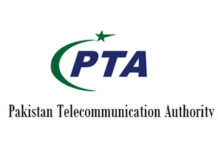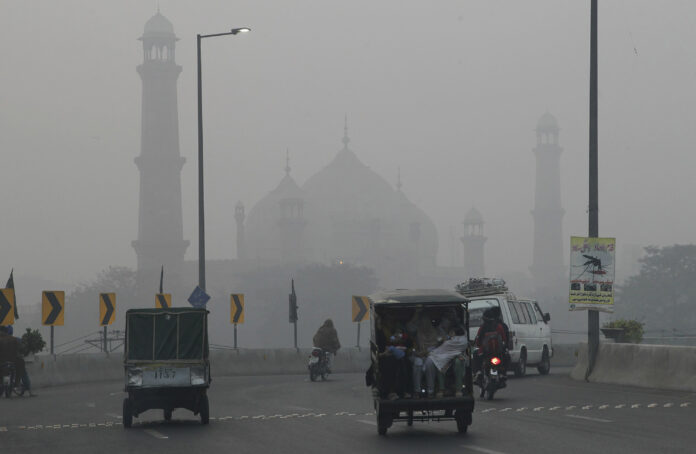According to the Punjab Environment Protection Department (EPD), only three official air quality monitors are operational across Lahore, leaving the provincial capital critically under-equipped for real-time air quality monitoring as pollution levels surge past the safe level.
Lahore’s air quality has deteriorated dramatically this season, with the city’s Air Quality Index (AQI) reaching an alarming 1,800 over the weekend, ranking it as the world’s most polluted city.
Currently, the EPD’s AQI data for Lahore relies on just three monitors: one at the US Consulate, another at Punjab University, and a sole department-owned monitor at Town Hall.
Further complicating the situation, EPD’s mobile AQI van is out of service, and data from its in-office monitor remains inaccessible to the public.
A recent investigation revealed that Lahore has a total of 17 AQI monitors, 14 of which are operated by private entities. These private monitors, however, are neither government-certified nor set up according to official standards, often resulting in inconsistent readings.
EPD Director-General Imran Hamid Sheikh acknowledged the limitations, noting plans to add five more monitors across Lahore. “Most private monitors provide unreliable data, yet some foreign companies still use it on their websites,” he said.
Sheikh also disclosed that a committee has been established to evaluate the accuracy and placement of private monitors, as the department seeks to improve the city’s air quality management system.
Experts argue that accurate, real-time data is crucial to tackling smog and air pollution, but they caution that EPD’s limited monitoring infrastructure and potentially unreliable data hinder the effective implementation of protective measures.























